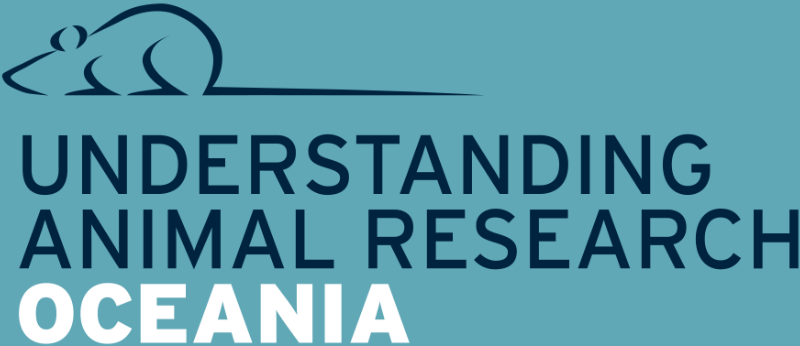Animal testing doesn't work and causes side-effects
 Medicines are only tested on animals after extensive screening by computer and test tube methods. Animal tests show how the medicine reacts in the living body and detect toxic effects before it is given to human volunteers.
Medicines are only tested on animals after extensive screening by computer and test tube methods. Animal tests show how the medicine reacts in the living body and detect toxic effects before it is given to human volunteers.
Problems that will not be revealed by test tube results will often show up in animal tests. For instance, a medicine given by mouth may be altered by digestion, becoming less effective or more toxic. The animal tests aim to reveal major undesirable effects such as liver damage, raised blood pressure, nerve damage, or damage to the fetus. The results will give a strong indication of what the effects in people are likely to be. It is obviously important, and is required by law, to find out about potential problems before medicines are given to human volunteers and patients in clinical trials.
The new medicine will be tested on around 15 times as many human volunteers as animals. Human clinical trials will involve testing a potential drug on 3-5,000 human volunteers and patients. If a side effect (affecting say 1 in 10,000 patients) shows up only after this stage, then it is difficult to see how it could have been spotted before.
Associated Links:
• Where do medicines come from?
• Development of new treatments



